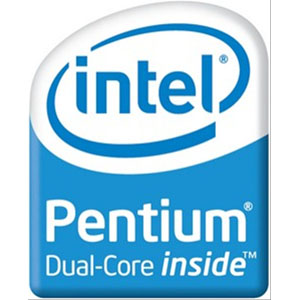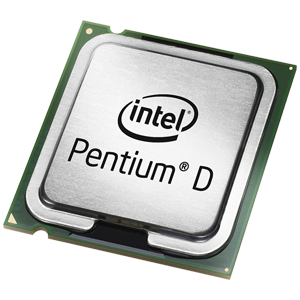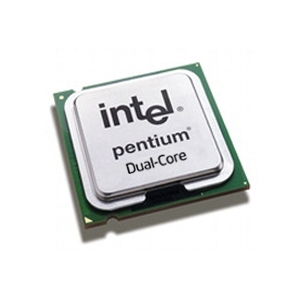Difference Between Pentium D and Pentium Dual Core

After the Pentium 4 series, it was with the Pentium D that Intel introduced their first dual core processor into the consumer market for normal use. It was widely seen as a major change in the computing world and meant a huge difference in speed and efficiency compared to their predecessors. Surprisingly, AMD beat Intel to this task as they already had a dual core processor in the market and it was Intel who was now behind in the race.
The Pentium D processor, being the first of a kind for Intel, was quickly replaced by the Pentium Dual Core was due to the former having a number of technical issues which were not initially detected. There were many issues of compatibility, which made Intel redesign it totally and come out with the Dual Core and Core 2 Duo series, which was a highly successful move.
It is correct that the Pentium D processors was much faster than the Dual Core addition in terms of being able to run at much higher clock speed. Both processors have dual cores, but Pentium D was able to run at 3.7 Ghz, while the other managed to clock out at 3 Ghz. It is widely known that the newer series such as the Dual Core and Core 2 Duo were much faster, despite running at lower speeds and much more efficient in their processing.
The reason for this was the design of the Pentium D processor had two cores working separately while Pentium Dual Core had the two interlinked and sharing processing power. AMD continued to capitalise on the failure of the Pentium D processors until the Pentium Dual Core came into the spotlight.
Instructions
-
1
Pentium D
Pentium D is the first dual core processor chip that was manufactured by Intel and certainly did open up a new world for the company. However it could not really shine due to various issues such as compatibility. The architecture was based on the previous P4’s instead of using a newer design.
- Image Courtesy: hexparts.com
-
2
Pentium Dual Core
Dual Core allowed Intel to come back in the spotlight due to its design being one which is based on core architecture along with being able to effectively run at a lower clock speed. They also produce less heat in terms of processing at full capacity along with the fact that power consumption has also made them a favourite in mobile devices.
- Image Courtesy: tigerdirect.com
tigerdirect.com





